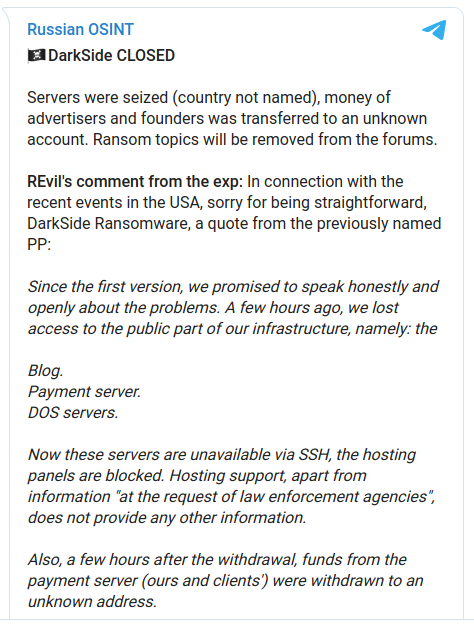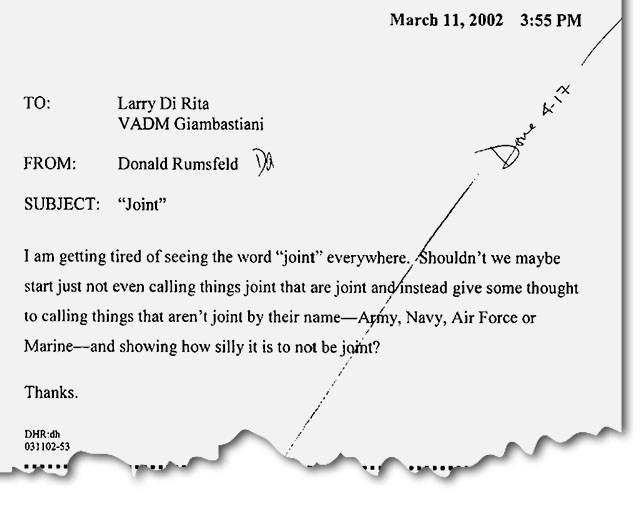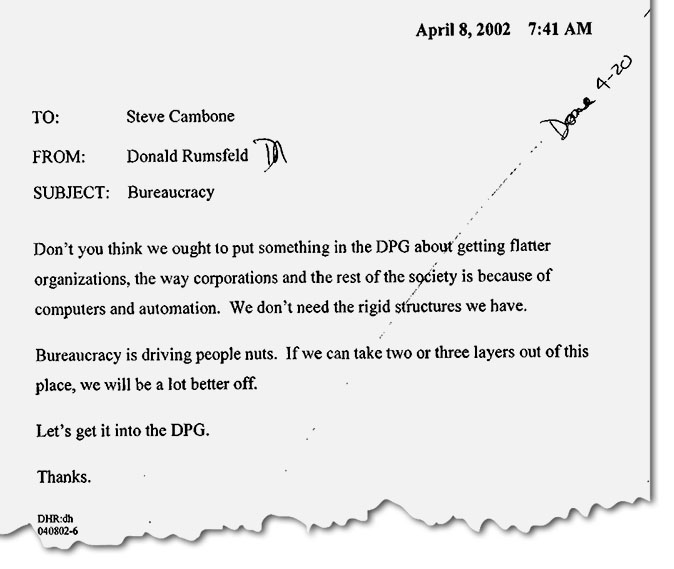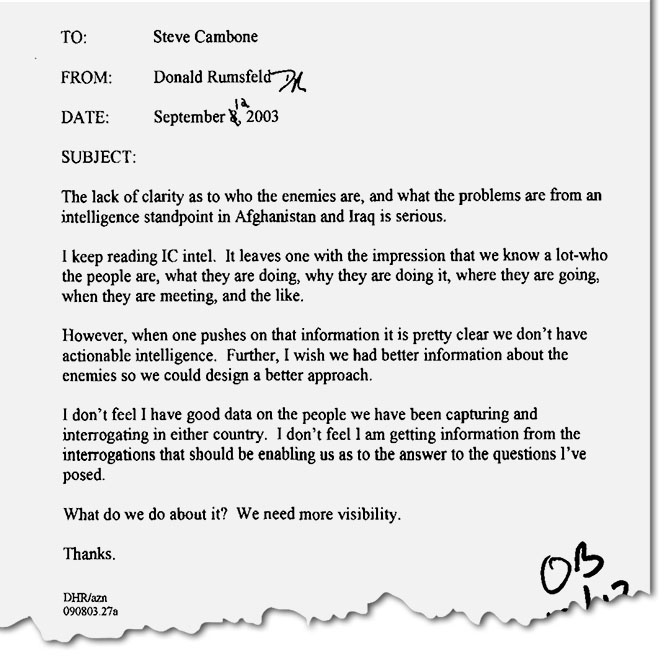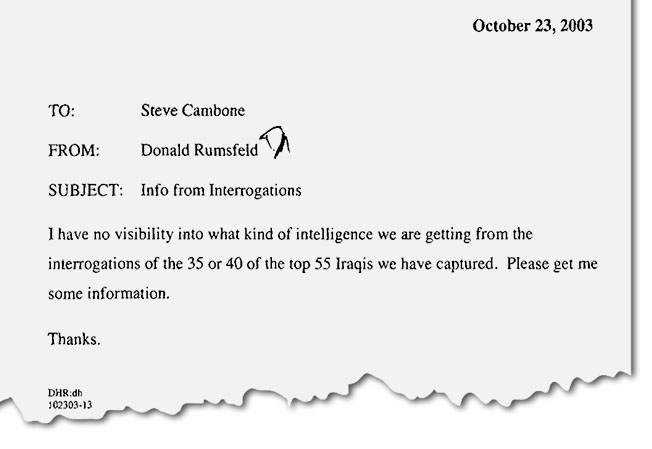WASHINGTON – On May 28, pursuant to court orders issued in the Eastern District of Virginia, the United States seized two command-and-control (C2) and malware distribution domains used in recent spear-phishing activity that mimicked email communications from the U.S. Agency for International Development (USAID). This malicious activity was the subject of a May 27 Microsoft security alert, titled “New sophisticated email-based attack from Nobelium,” and a May 28 FBI and Cybersecurity and Infrastructure Security Agency joint cybersecurity advisory.
The Department’s seizure of the two domains was aimed at disrupting the malicious actors’ follow-on exploitation of victims, as well as identifying compromised victims. However, the actors may have deployed additional backdoor accesses between the time of the initial compromises and last week’s seizures.
“Last week’s action is a continued demonstration of the Department’s commitment to proactively disrupt hacking activity prior to the conclusion of a criminal investigation,” said Assistant Attorney General John C. Demers for the Justice Department’s National Security Division. “Law enforcement remains an integral part of the U.S. government’s broader disruption efforts against malicious cyber-enabled activities, even prior to arrest, and we will continue to evaluate all possible opportunities to use our unique authorities to act against such threats.”
“Cyber intrusions and spear-phishing email attacks can cause widespread damage throughout affected computer networks, and can result in significant harm to individual victims, government agencies, NGOs, and private businesses,” said Acting U.S. Attorney Raj Parekh for the Eastern District of Virginia. “As demonstrated by the court-authorized seizure of these malicious domains, we are committed to using all available tools to protect the public and our government from these worldwide hacking threats.”
“Friday’s court-authorized domain seizures reflect the FBI Washington Field Office’s continued commitment to cyber victims in our region,” said Assistant Director in Charge Steven M. D’Antuono of the FBI’s Washington Field Office. “These actions demonstrate our ability to quickly respond to malicious cyber activities by leveraging our unique authorities to disrupt our cyber adversaries.”
“The FBI remains committed to disrupting this type of malicious cyber activity targeting our federal agencies and the American public,” said Assistant Director Bryan Vorndran of the FBI’s Cyber Division. “We will continue to use all of the tools in our toolbelt and leverage our domestic and international partnerships to not only disrupt this type of hacking activity but to impose risk and consequences upon our adversaries to combat these threats.”
On or about May 25, malicious actors commenced a wide-scale spear-phishing campaign leveraging a compromised USAID account at an identified mass email marketing company. Specifically, the compromised account was used to send spear-phishing emails, purporting to be from USAID email accounts and containing a “special alert,” to thousands of email accounts at over one hundred entities. More here.
“This release includes bug fixes, increased stability and performance improvements.”
The routine software update may be one of the most familiar and least understood parts of our digital lives. A pop-up window announces its arrival and all that is required of us is to plug everything in before bed. The next morning, rather like the shoemaker and the elves, our software is magically transformed.
Last spring, a Texas-based company called SolarWinds made one such software update available to its customers. It was supposed to provide the regular fare — bug fixes, performance enhancements — to the company’s popular network management system, a software program called Orion that keeps a watchful eye on all the various components in a company’s network. Customers simply had to log into the company’s software development website, type a password and then wait for the update to land seamlessly onto their servers.
The routine update, it turns out, is no longer so routine.
Hackers believed to be directed by the Russian intelligence service, the SVR, used that routine software update to slip malicious code into Orion’s software and then used it as a vehicle for a massive cyberattack against America.
“Eighteen thousand [customers] was our best estimate of who may have downloaded the code between March and June of 2020,” Sudhakar Ramakrishna, SolarWinds president and CEO, told NPR. “If you then take 18,000 and start sifting through it, the actual number of impacted customers is far less. We don’t know the exact numbers. We are still conducting the investigation.”
On Thursday, the Biden administration announced a roster of tough sanctions against Russia as part of what it characterized as the “seen and unseen” response to the SolarWinds breach.
NPR’s months-long examination of that landmark attack — based on interviews with dozens of players from company officials to victims to cyber forensics experts who investigated, and intelligence officials who are in the process of calibrating the Biden administration’s response — reveals a hack unlike any other, launched by a sophisticated adversary who took aim at a soft underbelly of digital life: the routine software update.
By design, the hack appeared to work only under very specific circumstances. Its victims had to download the tainted update and then actually deploy it. That was the first condition. The second was that their compromised networks needed to be connected to the Internet, so the hackers could communicate with their servers.
For that reason, Ramakrishna figures the Russians successfully compromised about 100 companies and about a dozen government agencies. The companies included Microsoft, Intel and Cisco; the list of federal agencies so far includes the Treasury, Justice and Energy departments and the Pentagon.



 An officer speaks on walkie-talkie as the Bastion anti-ship missile systems take positions on the Alexandra Land island near Nagurskoye, Russia, Monday, May 17, 2021. Bristling with missiles and radar, Russia’s northernmost military base projects the country’s power and influence across the Arctic from a remote, desolate island amid an intensifying international competition for the region’s vast resources. Russia’s northernmost military outpost sits on the 80th parallel North, projecting power over wide swathes of Arctic amid an intensifying international rivalry over the polar region’s vast resources. (AP Photo/Alexander Zemlianichenko)
An officer speaks on walkie-talkie as the Bastion anti-ship missile systems take positions on the Alexandra Land island near Nagurskoye, Russia, Monday, May 17, 2021. Bristling with missiles and radar, Russia’s northernmost military base projects the country’s power and influence across the Arctic from a remote, desolate island amid an intensifying international competition for the region’s vast resources. Russia’s northernmost military outpost sits on the 80th parallel North, projecting power over wide swathes of Arctic amid an intensifying international rivalry over the polar region’s vast resources. (AP Photo/Alexander Zemlianichenko)